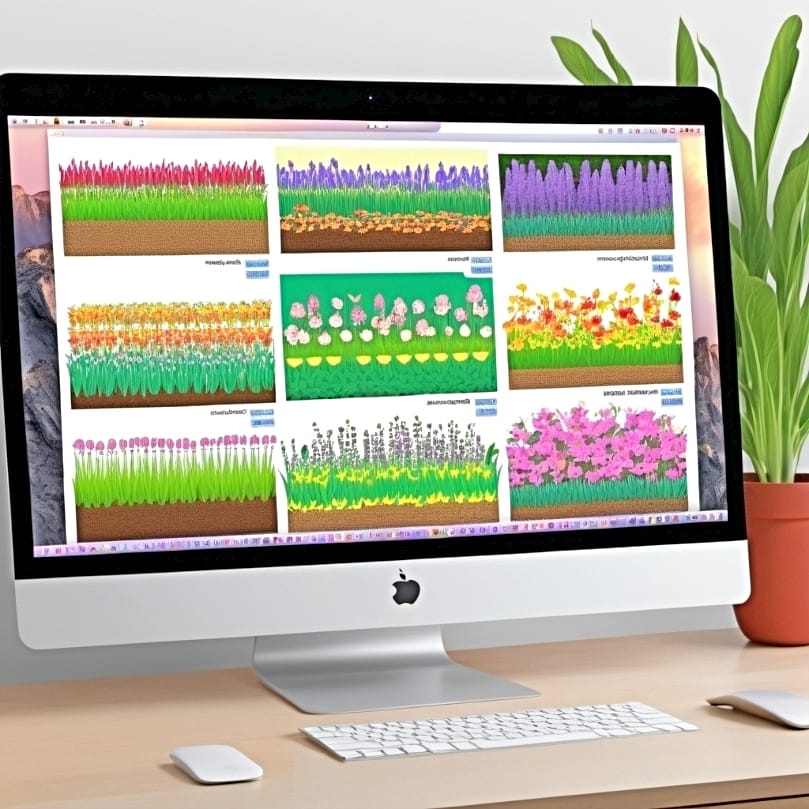Table of Contents
ToggleIn the realm of sublimation printing, knowing your costs is key to profitability. Using a sublimation printing cost calculator is your one-stop solution to quickly and accurately assess expenses for materials, labor, and overhead, especially if you are into budget sublimation printing. This article explains how to leverage the calculator to determine pricing that both covers costs and contributes to your bottom line. We wish you a profitable sublimation journey ahead!
Key Takeaways
- A sublimation printing cost calculator breaks down and accurately assesses key costs—material, labor, overhead, spoilage—to ensure profitable pricing strategies and covers additional expenses like packaging and shipping.
- Various pricing strategies can be employed using the sublimation printing cost calculator, including cost-plus, value-based, competitive, and keystone pricing, helping businesses to set prices competitively while maintaining brand value and profitability.
- Quality control in sublimation printing is pivotal for business success, requiring investment in modern equipment, lean production practices, and customer education on quality to justify premium pricing and achieve long-term customer satisfaction. There are several sublimation projects you can work on – from personalized gift bags for sublimation to even using dry erase board for sublimation!
Discovering the True Costs of Sublimation Printing

Grasping the actual expenses of sublimation printing paves the way for accurate and lucrative pricing. This includes:
- Material costs
- Labor
- Spoilage
- Overhead expenses
A sublimation printing cost calculator can provide accurate cost assessments for these components, ensuring profitable pricing strategies.
For example, you can determine the material costs for sublimation by dividing the ink cost by the number of prints, and the paper cost by the number of sheets used. Being aware of these expenses is vital to establishing prices that mirror the product’s value and guarantee profitability.[1]
Breaking Down Material Costs
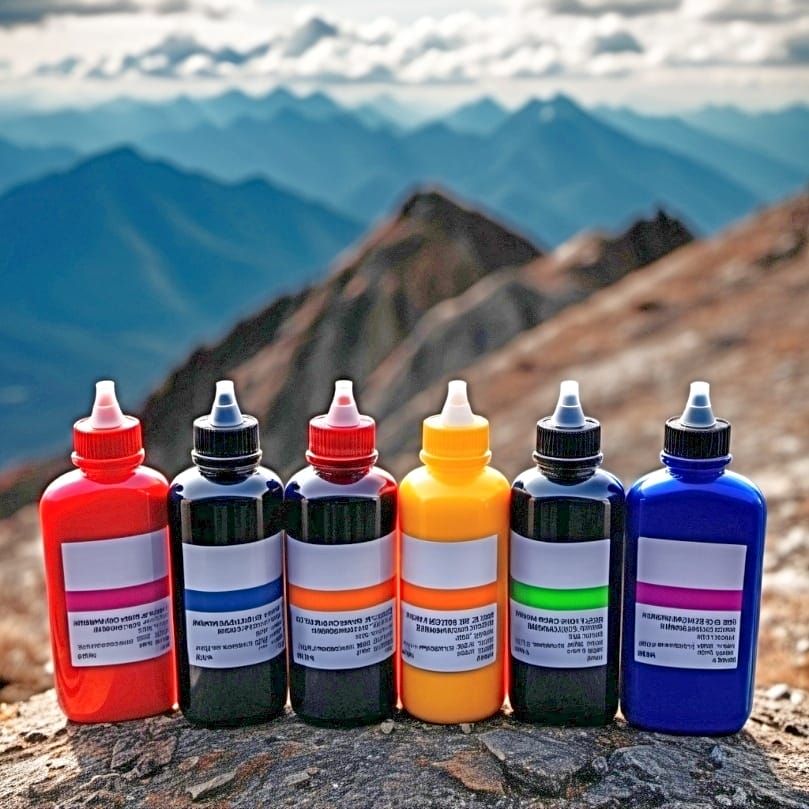
Regarding material costs, it’s the details that matter most. Sublimation ink costs start at around $20 for a set of four bottles and vary based on the brand. These costs can be calculated per print by entering the ink cartridge cost and estimated yield into the calculator.
⫸ Click Here For Best Selling Sublimation Printers And Products ⫷Similarly, the cost of sublimation paper ranges from less than $20 to over $35, and the cost per print can be determined by the price per pack and number of sheets per pack. Sublimation substrates like t-shirts also vary in price based on the brand and seller, with quality and inbound freight costs influencing the final cost and perceived value.
In the end, the cost-effectiveness of sublimation ink is seen in:
- the less than one cent cost per square inch when spread over many prints
- higher-quality ink providing better color accuracy
- contributing positively to customer satisfaction.
Accounting for Labor and Time
Labor and time costs play a significant role in the overall cost of sublimation printing. Calculating these costs must include:
- A minimum wage for all labor to ensure fair compensation for time spent on production, pressing, order handling, and packaging.
- Factors such as pressing labor, which becomes more efficient over time, impacting cost calculations.
- Efficiency gains from different equipment sizes.
Design fees for purchased designs and additional labor costs, such as order taking and job preparation, need to be included to reflect the complete range of labor that contributes to production. By factoring in the time spent per print and the appropriate hourly wage, with adjustments made to avoid underpricing due to overestimation of productivity and unaccounted downtime, labor costs can be accurately calculated.
Including Overhead in Your Calculations
Overhead costs, often overlooked, are a vital component of your pricing calculations. These costs include monthly expenses such as rent, utilities, equipment depreciation, and administrative costs. To calculate these, divide by the projected production volume to determine per-item overhead costs. You can incorporate overhead into pricing by adding a percentage to cover it, ensuring the final price contributes to profit, or by using an overhead rate estimated from monthly business operations.
Precisely distributing overhead costs, which include inventory carrying costs, is important to cover all expenses and reach the targeted profit margins. The sublimation printing cost calculator helps simplify pricing by determining the overhead rate based on a detailed review of business operations, assisting in maintaining overall profitability.
Incorporating design and licensing fees is crucial when calculating the total cost of sublimation printing projects. If you’re using pre-made designs, consider any associated licensing fees, which can vary based on the design’s source and usage rights. For custom designs, account for the time and expertise required to create them, whether done in-house or outsourced to a professional designer (this is a direct cost rather than overhead). Including these expenses ensures that your pricing reflects the true value of the product and compensates for creative efforts.
Mastering Pricing Strategies with a Calculator
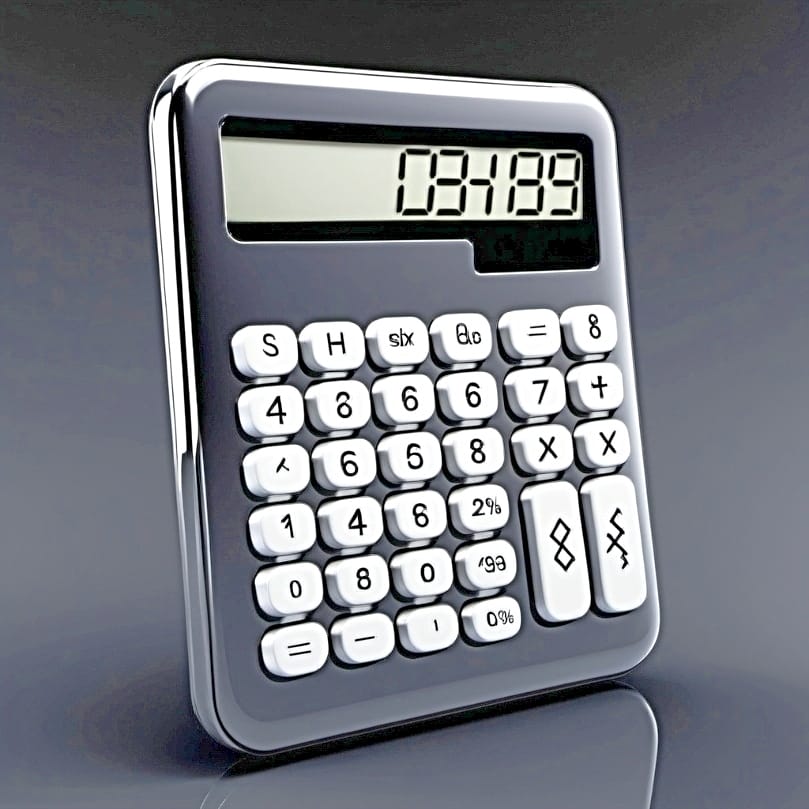
Once you’ve determined the actual expenses, your next move should be to refine your pricing strategies. With a sublimation printing cost calculator, you can employ various strategies such as:
- Cost-plus pricing: determines the selling price by adding a fixed percentage to production costs
- Value-based pricing: sets the price based on the perceived value to the customer
- Competitive pricing: benchmarks against competitors’ prices
- Keystone pricing: suggests setting the retail price at double the wholesale or production cost, which can be effective for large volumes of standardized items
Each of these strategies has its unique advantages, proving effective all the time.
On the other hand, value-based pricing focuses on setting the price based on the customer’s perceived value, especially for unique and personalized sublimation products. However, racing to be the cheapest option may attract high-maintenance customers that contribute to low-volume sales, which may hinder long-term business growth and sustainability.[2]
Setting Competitive Prices
Establishing competitive prices necessitates a deep comprehension of the market and customer demands. Unique products that meet customer needs can command better prices. Competitive pricing is a viable strategy for businesses in markets saturated with competitors offering similar sublimated products that sell well. This might involve pricing products slightly lower than competitors, but it’s important to maintain a balance to avoid devaluing the brand.
Copying a competitor’s price sheet without considering unique overhead and fixed costs can lead to unprofitable pricing strategies. A competitive pricing strategy must take into account the total operational costs and compare them against production efficiency to determine the true cost of delivering quality sublimated products. The calculator’s results provide a breakdown of costs and a suggested retail price, which should be compared to market prices to ensure competitiveness.
Adjusting for Perceived Value
In terms of pricing, the perceived value plays a pivotal role. The ‘emotional margin,’ representing the emotional connection to a product, significantly influences the perceived value and should be factored into the pricing strategy of sublimation-printed items. Value-based pricing must take into account the unique elements of personalization and customization found in sublimated items, which provide significant added value for customers.
To achieve higher profit margins, businesses are encouraged to:
- Set markups exceeding 100% when the uniqueness of the product, its quality, and an effective marketing strategy support the increased price
- Communicate the additional value associated with high-quality sublimated products and their packaging
- Interpret results to determine an appropriate price point that reflects the perceived value to customers
This approach can help businesses achieve higher profit margins.
Enhancing Business Success: From Cost to Price

Promoting business success requires converting computed expenses into prices that are appealing to customers, ensuring they are willing to pay. This is essential for covering all expenses and achieving business success. The Conde pricing spreadsheet enables users to input their desired sell price and immediately see the resulting profit margin.
Users can employ the spreadsheet to compare their selling prices with those of competitors, ensuring they remain competitive while making a profit. Knowledge of exact profit margins supports businesses in strategic pricing that ensures both customer satisfaction and company profitability.
From Calculation to Profit
Converting computations into profits requires knowledge of the overall cost per item, taking into account material, labor, and overhead costs. Regularly reviewing these costs verifies that all costs are included in the final pricing of sublimated items. Implementing the cost-plus markup method by adding a markup percentage to the total cost ensures coverage of overhead and profit necessities for sublimation printing.
Using the calculator to obtain a suggested retail price considers your targeted profit margin over the total production costs. Examine the profit margin presented by the calculator, based on the total cost and proposed retail price, to confirm that it meets your business objectives.
Covering Additional Expenses
Additional expenses such as packaging, shipping, and contingency fees for scrap and errors should be covered in your pricing calculations. Here are some considerations to keep in mind:
- Packing supplies, including wrapping, packaging tape, labels, and poly mailers, should be factored into the cost of sublimation products. These supplies contribute to the initial impression upon opening and the perceived value of your products.
- Shipping costs can vary depending on the project and location for both materials and finished products. Make sure to consider these costs when calculating your overall expenses.
- It’s important to include a contingency fee for scrap and errors in your pricing. This fee, typically estimated between 5% and 10% or around $0.30 per item, will help cover potential losses due to production errors.
By considering these additional expenses, you can ensure that your pricing accurately reflects the true cost of your sublimation products.
Using the sublimation printing cost calculator, you can input costs for packaging, wrapping, selling fees, and add a margin for scrap and spoilage to ensure comprehensive cost coverage in pricing.
Optimizing Production Efficiency

Efficient production not only bolsters profitability but also promotes business success. A sublimation printing cost calculator helps pinpoint the least efficient and most costly production steps, highlighting areas for potential improvement. Recognizing the time necessary for each step of the sublimation printing process and comprehending how different order quantities impact production schedules is essential for efficiency optimization. Strong leadership promotes excellence and proactive problem-solving to streamline operations.
Implementing a scalable pricing calculator that accommodates different order sizes ensures a flexible pricing model, aiding in efficient resource management for both small and large orders.[3]
Reducing Waste and Saving Money
Cutting down on waste and economizing are two pivotal aspects in enhancing production efficiency. Here are some ways to achieve this:
- Optimize the use of sublimation ink and paper through tracking with a cost calculator. This helps reduce waste and saves money, considering that the cost per square inch of these materials is less than one cent.
- Prevent ink wastage by properly maintaining printing equipment.
- Control production environment variables such as humidity and temperature to maintain the balance between cost and quality.
By implementing these strategies, you can effectively reduce waste and improve production efficiency.
Minimizing waste is facilitated by the adoption of lean manufacturing principles like 5S, conducting regular material and machine performance audits, automating repetitive tasks, and employing just-in-time inventory systems. To safeguard profit margins, it’s important to include the cost of scrap and spoilage, which are inherent to sublimation printing due to the permanency of sublimation ink, in the overall cost calculation.
Streamlining Processes to Save Time
Time-saving in production is another essential element in streamlining production efficiency. Here are some ways to save time and streamline the overall process:
- Audit and adjust the workflow from sales to art to screen room to production to reduce time delays.
- Compress deadlines from order receipt to shipment with better-built processes.
- Implement batch processing for similar jobs to reduce setup times.
By implementing these strategies, you can save time and improve production efficiency.
Organizing the production day in advance aids in:
- Prioritizing work
- Preparing for upcoming tasks
- Eliminating delays
- Increasing efficiency
Streamlining processes in sublimation printing should be an ongoing project, with incremental improvements leading to substantial time savings and quicker order fulfillment.
Custom Sublimation Projects: A Special Focus

Custom sublimation projects, often involving custom products, necessitate a distinct pricing strategy due to the fluctuating complexity of designs and customer specifications. Each custom project requires a different pricing strategy, factoring in additional design time, potential for increased waste, and greater use of resources per item.
Pricing One-of-a-Kind Designs
Pricing one-of-a-kind designs is a nuanced process. A practical approach involves establishing a base price that covers material and production costs. This base price can be supplemented with a premium that accounts for the design’s complexity and the artist’s experience.
The pricing should reflect the added value of exclusivity and artistic creativity, justifying a higher price.
Handling Bulk Orders
Handling bulk orders can be a challenge, but with a strategic approach, it can lead to significant profits. Economies of scale enable businesses to lower production costs per piece for large order quantities, which can be passed on to customers as volume discounts without eroding profit margins. Tiered pricing can incentivize larger purchases by offering a base cost for items with progressive discounts that increase with the order quantity, ensuring that profits are maintained while remaining appealing to customers.
For high-volume custom sublimation orders, keystone pricing—which doubles the wholesale cost for the resale price—can be an effective strategy that simplifies pricing and accommodates for bulk orders without requiring individual item modification. However, in a competitive market, it’s crucial to balance the need for competitively-priced offerings with brand and product quality, allowing businesses to build a stronger value proposition without engaging in detrimental price wars.
The Importance of Quality in Sublimation Printing
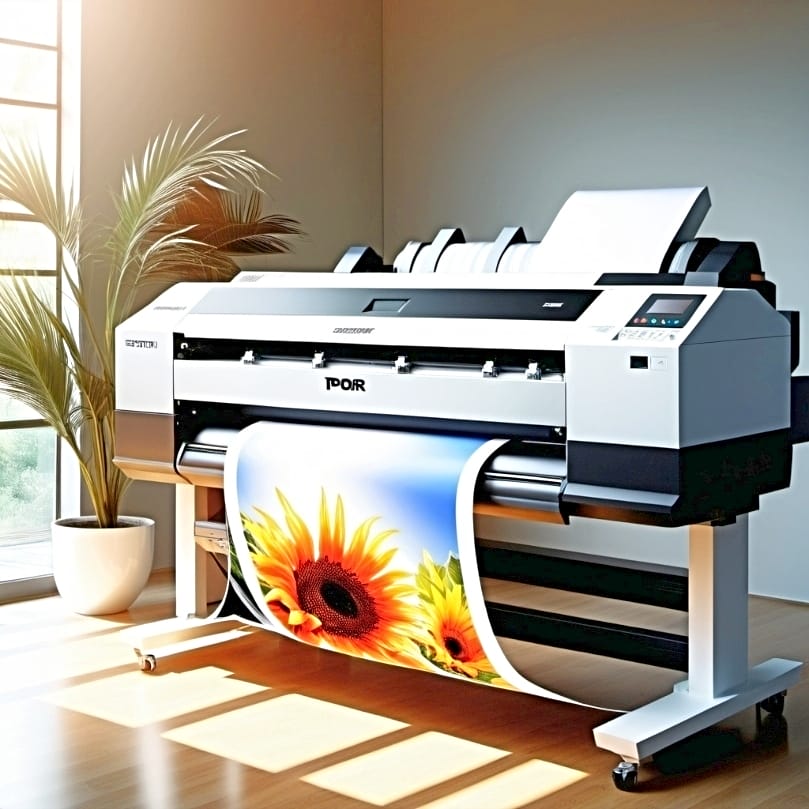
Quality holds supreme importance in sublimation printing. Using modern and well-maintained equipment is critical for ensuring high-quality sublimation printing results, which can lead to more cost-effective operations. Outdated or poorly maintained equipment can lead to inefficient production processes and increased costs due to errors and waste.
Investing in quality production processes positively affects customer satisfaction by consistently providing them with a finished product that includes:
- Superior printed products
- Reliable and consistent results
- Timely delivery
- Attention to detail and high-quality finishes
Satisfied customers are more likely to become repeat clients, contributing to a steady stream of business and long-term profitability.
Balancing Cost and Quality
Striking a balance between cost and quality is a fundamental part of triumphant sublimation printing, especially when it comes to t shirt production. Using the best products available for sublimation printing can result in better quality prints and less waste.
Focusing on strengthening the brand and the quality of output is more beneficial than engaging in constant price wars.
Educating Customers on Quality
Informing customers about the quality of sublimation printing can significantly boost its perceived worth. Customers should be informed about the durability and vibrancy of high-quality sublimation prints, explaining that the higher cost is reflective of the extended lifespan and superior visual quality of sublimation products. Informing customers about the specialized nature of sublimation ink and the detailed process involved helps them appreciate why high-quality sublimation products are priced at a premium.
Using vibrant and durable physical samples to illustrate the quality of sublimation printing can significantly impact customer perception, justifying the higher price points. Testimonials and case studies from satisfied customers can be used to effectively demonstrate the benefits and quality of sublimation printing to potential customers. Highlighting the superior color quality and design of sublimation compared to other customization techniques conveys the unique value proposition of sublimation printing.
Emphasizing the wide range of materials that can be printed on with sublimation showcases the versatility of the method, adding to its perceived value. Some examples of materials that can be printed on with sublimation include:
- Polyester fabric
- Ceramic
- Metal
- Glass
- Plastic
Offering warranties or guarantees on sublimation products can reassure customers of their investment in quality and durability, supporting the rationale for higher pricing.
Step-by-Step Guide: Using the Sublimation Printing Cost Calculator
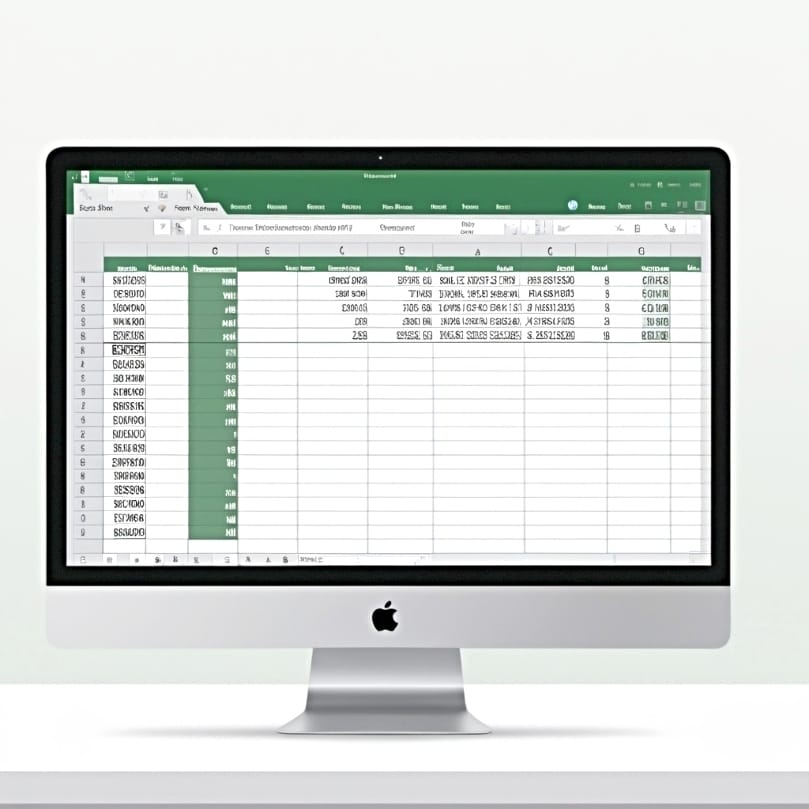
Having covered the nuances of pricing in sublimation printing, let’s move on to the practical aspects. A step-by-step guide to using a sublimation printing cost calculator can help you navigate this process with ease. To input data into the calculator, users should:
- Use the built-in arrows or type the costs directly into the respective boxes.
- When adding costs to the calculator, for amounts less than $1.00 use a leading decimal point (e.g., .50).
- For costs equal to or greater than $1.00, include the decimal in the amount (e.g., 4.25).
Inputting Your Costs
Inputting costs into the calculator involves detailing:
- Material costs, including the price per unit of the substrate and the quantity used per print, as well as costs for additional materials such as transfer tape or protective tissue.
- Labor costs, including the minimum hourly wage you are willing to accept for the job and the total time taken to complete the product. Adjust the labor costs in the calculator to reflect the complexity of the print and the skill level required for production.
- Overhead expenses.
Reviewing the Results
Once you’ve inputted your costs, it’s time to review the results. The calculator provides a detailed breakdown of total costs, which includes material, labor, and overhead expenses, crucial for making informed pricing decisions. Ensuring that the labor cost is valued correctly is key to establishing a price that rewards the time and effort involved in the sublimation printing process.
By capturing all costs effectively, the calculator helps set prices that support the long-term growth and financial health of the business. The calculator suggests both a minimum price to cover costs and an ideal price that ensures profitability, providing a strategic foundation for pricing customer orders.
Avoiding Common Pricing Pitfalls
Even with a calculator at your disposal, there are common pricing mistakes to dodge. Utilizing a sublimation pricing calculator removes the uncertainty from price setting by calculating the costs of finished products automatically.
Forgetting Hidden Costs
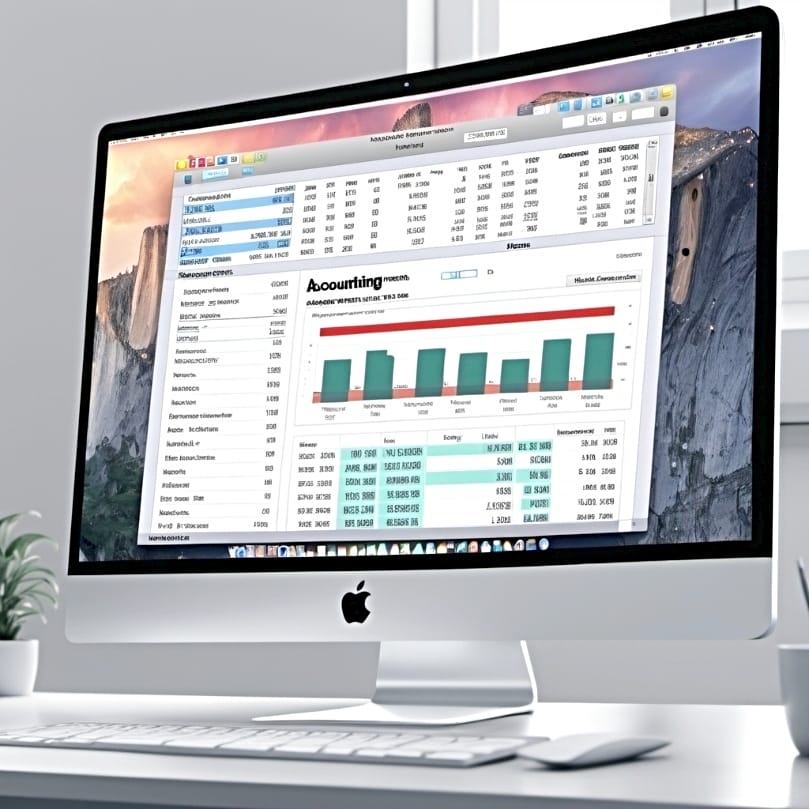
A common mistake is neglecting to account for hidden expenses. Including delivery costs in the initial quote is crucial to prevent substantial increases to the final price of sublimated products. Clear communication with vendors about shipping terms is essential to ensure delivery costs are not overlooked.
When calculating sublimation printing costs, it is important to consider various factors such as:
- Time
- Material
- Labor
- Shipping costs
- Payment processing fees
- Taxes
Accurate and competitive pricing in sublimation printing requires factoring in all of these costs.
Ignoring Market Fluctuations
Another blunder is disregarding market variations. Adjusting prices in sublimation printing in response to market fluctuations helps businesses remain competitive and maximize profits. The market-value method, although time-consuming, provides a flexible approach to pricing that can tap into the potential of current market trends and product demand. Continuous monitoring of the market is essential for effective pricing adjustments, taking into account:
- input costs
- demand and supply
- competition
- customer preferences
- macroeconomic trends
A predetermined data source reduces internal debates and optimizes the process of adapting to market changes by providing indisputable data validity.
Check out my separate guide if you are interested in learning about all over sublimation!
Summary
In summary, mastering the art of pricing in sublimation printing requires understanding the true costs, including material, labor, and overhead expenses. Adopting effective pricing strategies, balancing cost and quality, and optimizing production efficiency are all crucial aspects of the process. Custom sublimation projects require a unique approach to pricing, while ensuring quality in sublimation printing enhances customer satisfaction and profitability. A sublimation printing cost calculator can be a valuable tool in this process, helping to avoid common pricing pitfalls and set accurate, competitive prices that support business success. Remember, the key to success in sublimation printing lies not just in creating beautiful designs, but also in setting prices that reflect the true value of your work and ensure long-term profitability.
Frequently Asked Questions
How expensive is it to get into sublimation?
Getting into sublimation can be relatively inexpensive, with sublimation printers starting at around $200 and even high-end systems costing around $1500. (Date not included)
Is it cheaper to do vinyl or sublimation?
Vinyl is generally the more affordable option compared to sublimation, as it requires less costly equipment and consumables. With heat vinyl transfer, you only need to purchase the vinyl and a heat press or iron. Read my guide on the comparison between sublimation and heat transfer vinyl here.
How much money can you make doing sublimation?
You can make an average of $6,187 per month doing sublimation work from home in the United States.
Is sublimation printing cost effective?
Yes, sublimation printing is cost-effective due to its faster print speed and lack of minimum order quantities, making it suitable for small or large production runs.
What are some effective pricing strategies in sublimation printing?
In sublimation printing, effective pricing strategies include cost-plus pricing, value-based pricing, competitive pricing, and keystone pricing. Utilizing a sublimation printing cost calculator can help apply these strategies.
Reference
- Simonson, J. (2024, February 16). How to conduct a Cost-Benefit Analysis. Forbes Advisor. https://www.forbes.com/advisor/business/software/cost-benefit-analysis/
- King, S. (2023, January 4). How to find the best pricing strategy for your business. Forbes. https://www.forbes.com/sites/forbesbusinesscouncil/2023/01/04/how-to-find-the-best-pricing-strategy-for-your-business/
- The Washington Post BrandStudio. (2022, January 26). Turn your inventory from liability to asset with better data. Washington Post. https://www.washingtonpost.com/sf/brand-connect/wp/enterprise/turn-your-inventory-from-liability-to-asset/













